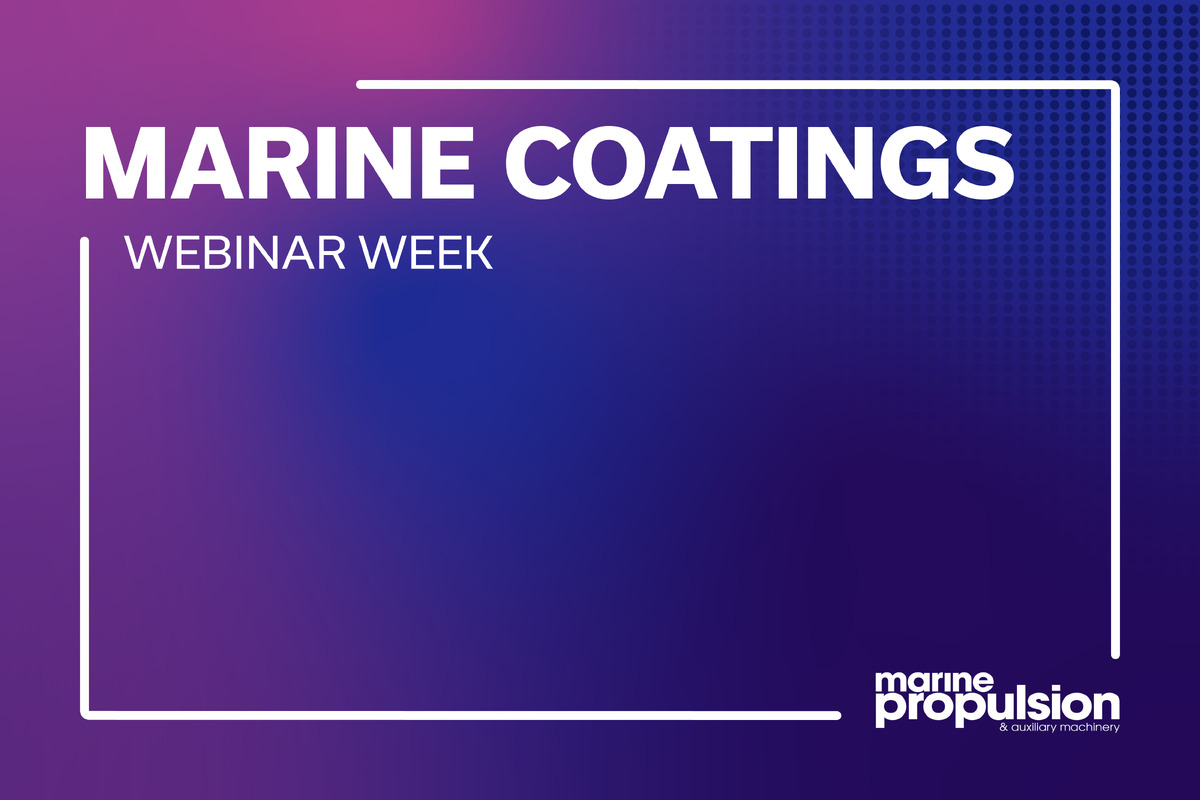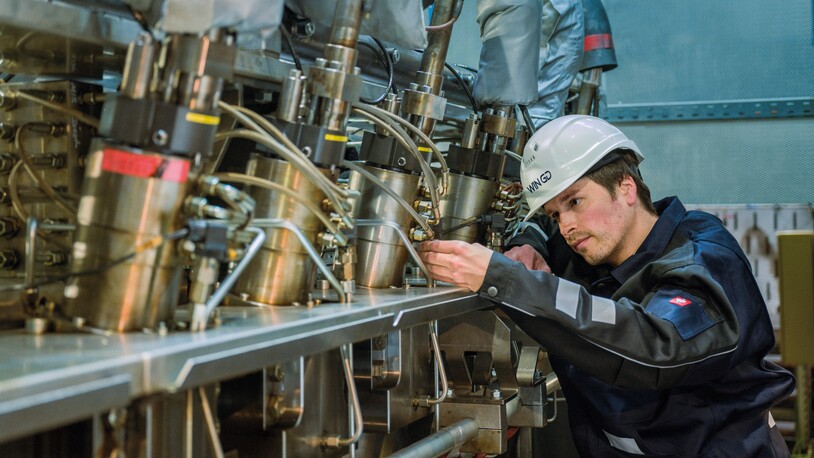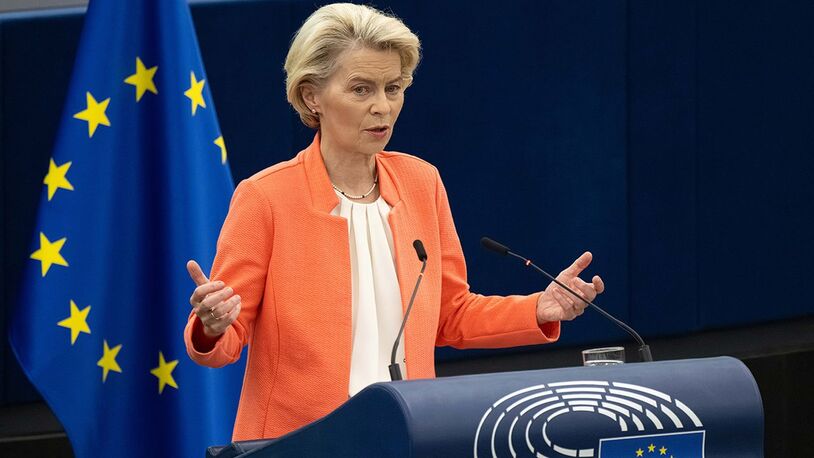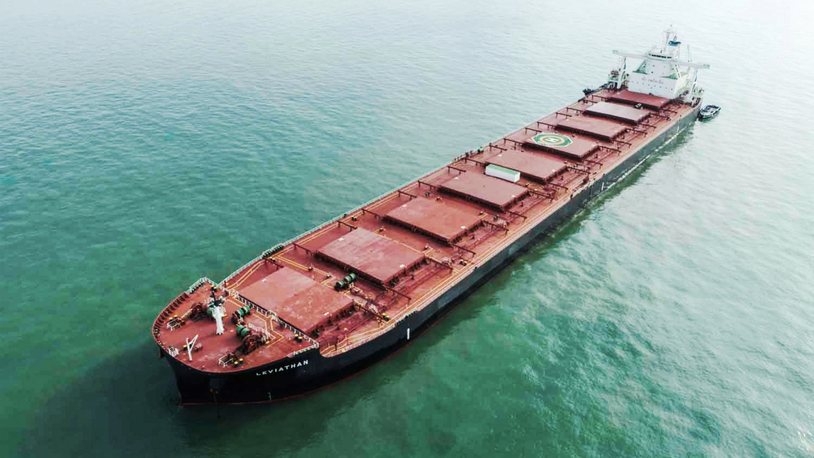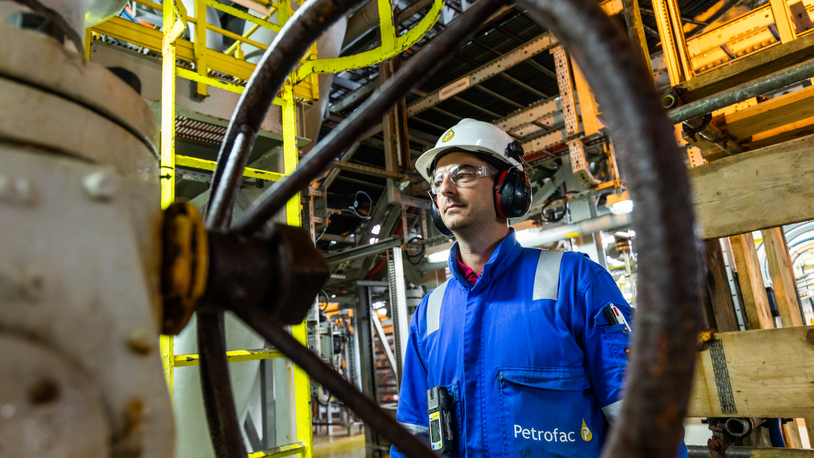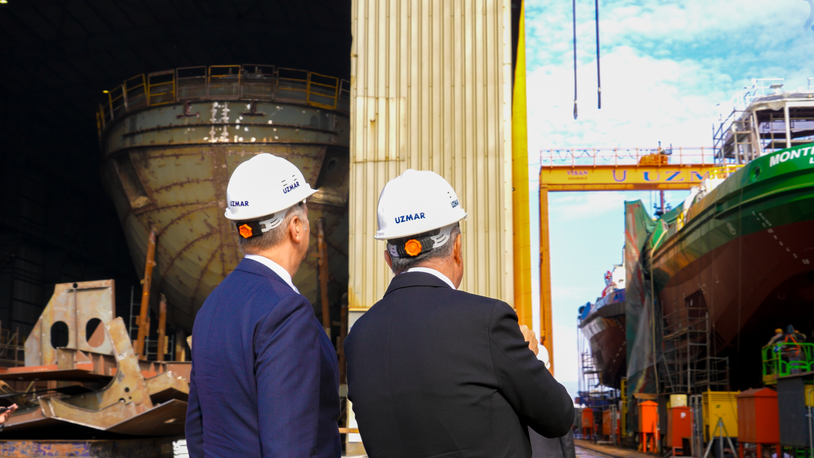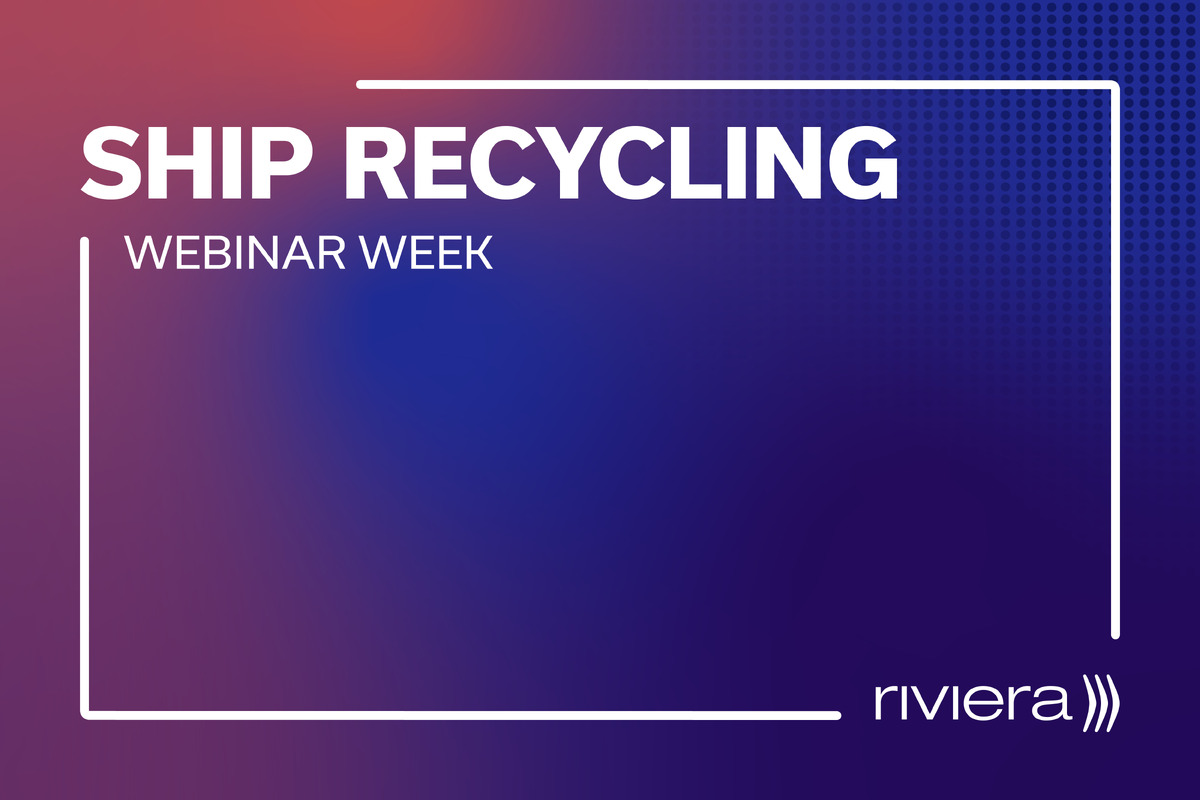Business Sectors
Events
Marine Coatings Webinar Week
Contents
Coronavirus: impact on the tanker market will be worse than SARS
The coronavirus death toll has overtaken that of SARS. What will be the impact on the crude oil price and how severe will be the drop in demand for tanker services?
In 2003, 8,000 people were infected with SARS, resulting in 774 deaths in 37 countries. As of 10 February, the coronavirus has infected 40,171 people and 908 people have died, according to China’s National Health Commission.
In 2003, SARS resulted in a global slowdown in growth, followed by a bounce back when the virus was contained and re-stocking of goods commenced ahead of the return to normality. This time the shock on global trade will be harsher. China is once more the epicentre of the coronavirus but is now also the epicentre of the tanker trades.
Writing in the Poten & Partners weekly tanker market report, head of tanker research Erik Broekhuizen noted “In 2003, China’s oil demand was about 5.8M b/d, as compared to 13.6M b/d in 2019. China’s net oil imports in 2003 were less than 2M b/d. In 2020, China is expected to import five times as much.”
BIMCO’s shipping analyst Peter Sand said “The outbreak of the novel coronavirus has dented market sentiment and spooked markets around the globe. When China sneezes, we all catch the flu. This especially holds true for the commercial shipping markets, which remain heavily reliant upon China, both on the import and export side.”
The lockdown on transport during and after the Chinese New Year has dented consumption of oil products and Chinese refiners have cut back on refinery runs. “China is the largest crude oil importer in the world with a staggering 506M tonnes of crude oil imported in 2019. A shutdown of China will bring with it a transitory slump of crude oil imports and accompanying refinery cuts in run rates. Such cuts have already been taking place as the seasonal Chinese New Year cuts crude runs. The market has been turned on its head in a single month, where VLCC earnings from the Middle East Gulf to China has dropped from US$103,274 per day on 3 January 2020 to US$18,351 per day on 3 February 2020,” said Mr Sand.
According to data from IHS Markit Commodities at Sea, China’s oil demand is already estimated to have dropped 1.4M b/d since last year and the effect of the coronavirus in the global market could cut demand by up to 4% in February 2020.
Much depends on OPEC’s reaction to the crude oil price. With demand slowing, the price is falling. BP finance officer Brian Gilvary believes the cartel (plus Russia) will cut production to maintain a crude oil price of around US$65/bbl. Global banking giant Citi has cut its forecast of the crude oil price in Q1 2020 down from US$69/bbl to US$54/bbl and from US$68/bbl in Q2 2020 to US$50/bbl. OPEC is said to be considering an emergency meeting on how to prevent the Brent crude oil price dipping below US$50/bbl in the short-term.
The coronavirus is also affecting the production of tankers in Chinese shipyards. Workers are unable to return to work after having travelled back home during the Chinese New Year. Some shipyard groups are declaring force majeure on newbuilding construction and scrubber and ballast water treatment retrofits. Given the fall in demand for crude oil in China, the delay is unlikely to cause lost opportunity costs to owners. There are currently 48 tankers of handy tanker size and above on the orderbook in China which are scheduled for delivery in 2020:
- Bohai: 1
- Chengxi: 1
- COSCO Heavy: 1
- CSSC OME: 14
- Dalian COSCO KHI: 1
- Dalian Shipbuilding: 10
- Hudong Zhonghua: 2
- Jiangsu New Hantong: 1
- Jinhai Intelligent Manufacturing: 4
- Nantong COSCO KHI: 3
- New Century: 3
- New Times: 1
- Shanghai Waigaoqiao: 3
- Taizhou Sanfu: 2
- Tsuneishi Zhoushan: 1
Overall, the coronavirus’ higher death toll and China’s role at the centre of the crude oil tanker trades indicates the impact on the tanker market will be worse than the SARS outbreak. It is still too early to quantify, but by the start of Q2 2020, the picture should be clearer.
Hear the opinions of the experts on the impact of the coronavirus on the tanker trade at the inaugural Tanker Shipping & Trade Conference, Americas on 15-16 April 2020 in Houston, Texas, USA.
Related to this Story
Events
Marine Coatings Webinar Week
Maritime Environmental Protection Webinar Week
Ship Recycling Webinar Week
© 2024 Riviera Maritime Media Ltd.
